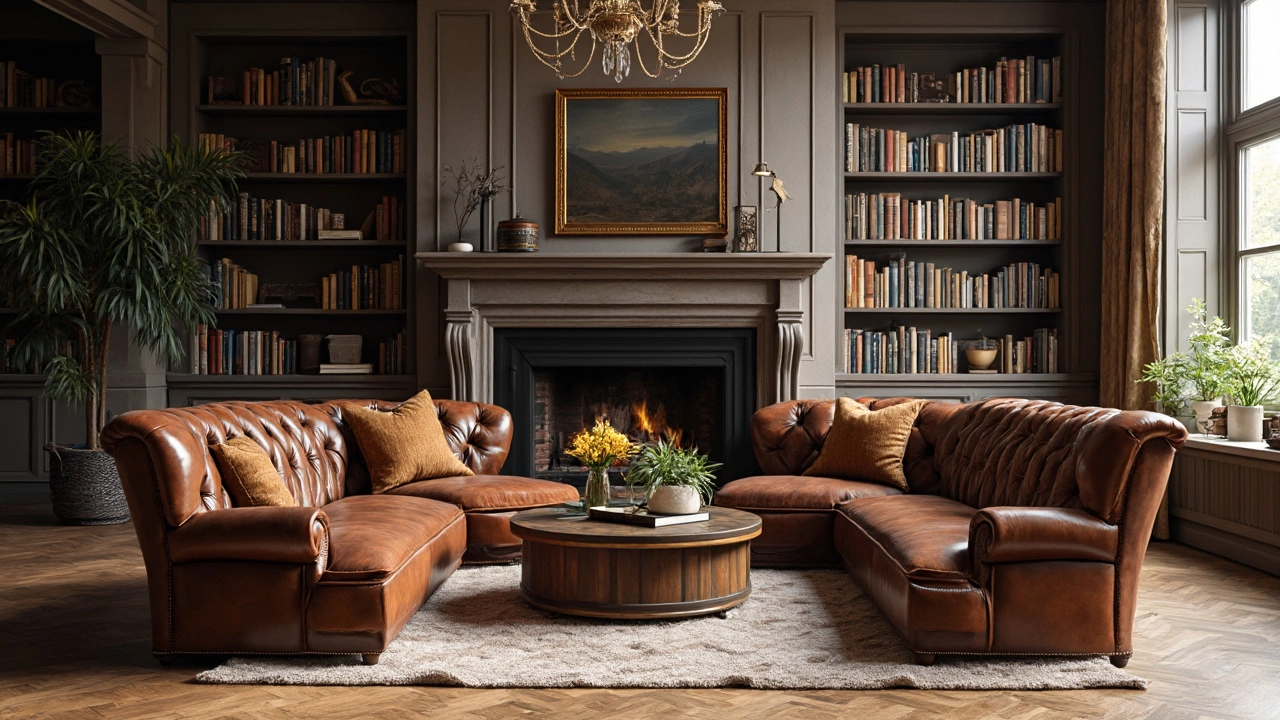Sofa Durability: Choose, Care, and Keep Your Sofa Strong
When a sofa lasts for years, you know you made the right pick. It’s not magic – it’s about the frame, the cushions, the upholstery, and how you treat it day to day. Below you’ll find the real factors that make a sofa survive kids, pets, and nightly binge‑watch sessions.
Key Parts That Affect Durability
The frame is the backbone. Solid hardwood – oak, maple or beech – gives the best support. Avoid cheap particle board; it bends and breaks when you sit down hard. Look for a frame that’s glued, screwed and reinforced with corner blocks.
Springs and webbing hold the seat up. Eight‑way hand‑tied springs are the gold standard because they distribute weight evenly. If you see only foam or low‑grade sinuous springs, expect sag within a few years.Cushion fill matters too. High‑density foam stays firm longer than low‑density types. Some sofas layer a softer foam on top for comfort, but the core should stay firm. Down or feather adds plushness but needs regular fluffing.
Upholstery decides how the sofa handles spills, pets and wear. Leather is tough, especially top‑grain or full‑grain, and it develops a patina with use. For fabric lovers, look for performance blends like polyester‑cotton or wool‑nylon that resist pilling and stains. If you want colour longevity, check the rub test rating – a higher number means the colour won’t fade after a few talks on the arm.
Everyday Care Tips
Rotate cushions every few weeks. This spreads the wear and keeps the foam from compressing in one spot.
Use a soft brush or vacuum with an upholstery attachment to remove dust. Dust settles into the fabric and can break down fibers over time.
Spill a drink? Blot immediately with a clean cloth, don’t rub. For leather, apply a pH‑balanced cleaner and condition once a quarter to keep it supple.
Pet claws can scar wood frames. A simple slipcover or pet‑friendly blanket protects the upholstery and is easier to wash.
Don’t overload the sofa with heavy items like stacked books. The frame is built for people, not for storage.
Check the legs regularly. Tighten any loose screws and replace worn‑out wheels if you have a moving sofa.
When moving the sofa, lift it rather than dragging. Dragging can stress joints and damage floor finishes.
If you notice a squeak, it’s usually a loose joint. Locate the source and add a dab of wood glue or tighten the bolt.
Seasonal changes affect wood frames – low humidity can shrink joints. Running a humidifier in winter helps maintain the wood’s shape.
Invest in a professional cleaning every couple of years. It refreshes the fabric and can extend the life of the finish.
When it’s time to replace the couch, consider a modular design. You can swap out sections as they wear without buying a whole new sofa.
Finally, trust the warranty. Most reputable brands offer at least a three‑year frame warranty and a one‑year upholstery guarantee.
By focusing on a sturdy frame, quality springs, smart upholstery and regular care, you’ll enjoy a sofa that looks good and feels comfortable for many seasons. Happy lounging!
Couch Lifespan: How Long Does a Sofa Really Last?
Learn how long a couch typically lasts, the factors that affect its lifespan, and simple maintenance tips to keep your sofa looking and feeling great for years.
MoreHow Long Should the Average Sofa Last? Practical Guide to Sofa Lifespan
Wondering how long your sofa is supposed to last before it starts sagging or creaking? This article breaks down what impacts sofa lifespan, from build quality to daily habits. You’ll get tips on picking a durable model and signs that tell you it’s time for an upgrade. Get real numbers and practical advice you can actually use. It’s all about getting the most life out of your couch without the guesswork.
MoreDo Expensive Couches Really Stand the Test of Time?
Ever wondered if splurging on an expensive couch is worth it in the long run? This article explores whether pricier sofas actually last longer and provide better value. It digs into factors like materials, construction, and brand reputation. We share tips for choosing a durable couch regardless of price and highlight common pitfalls to avoid when shopping. Get the insights you need to make a smart investment in your living room furniture.
More


